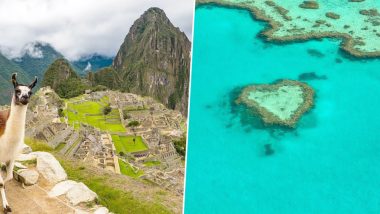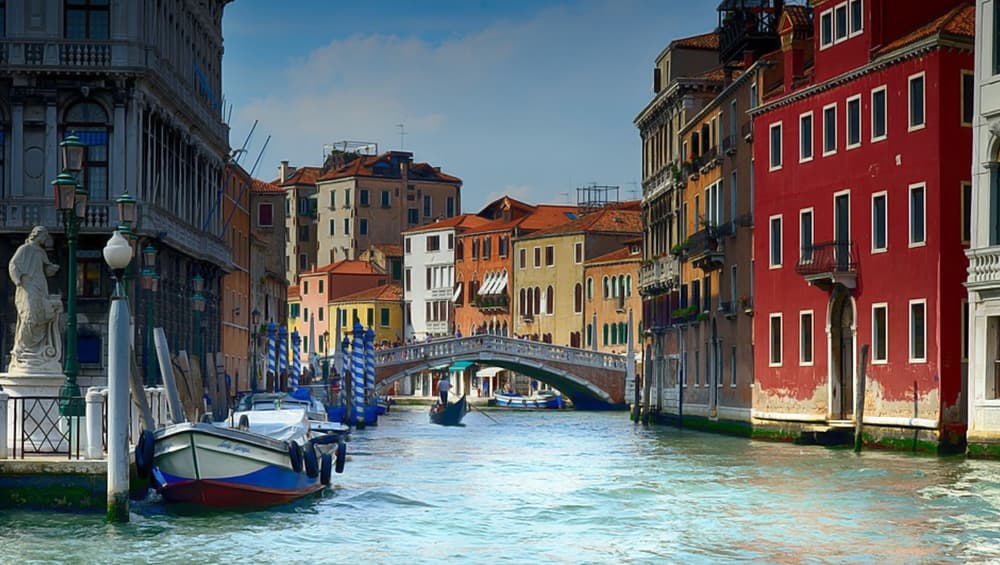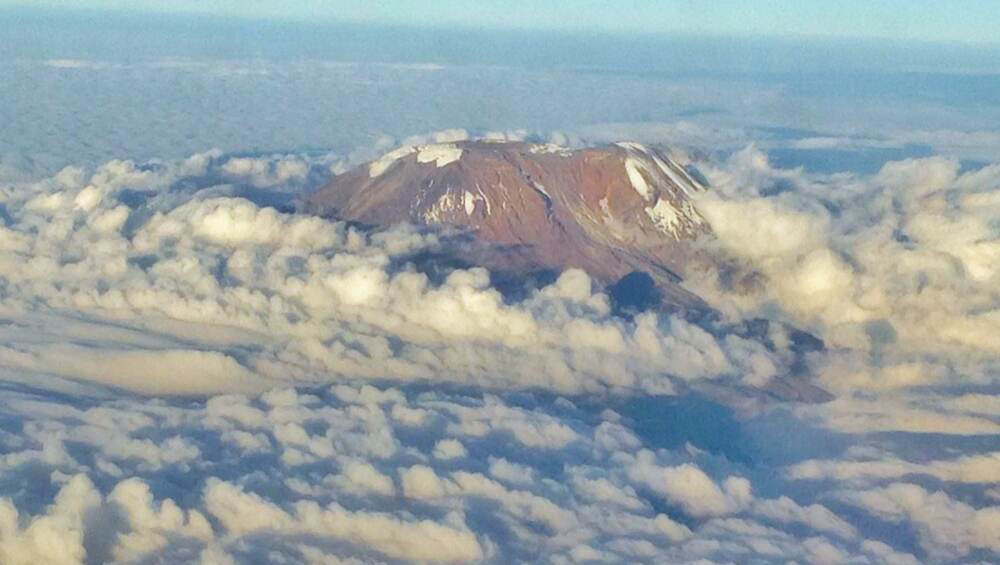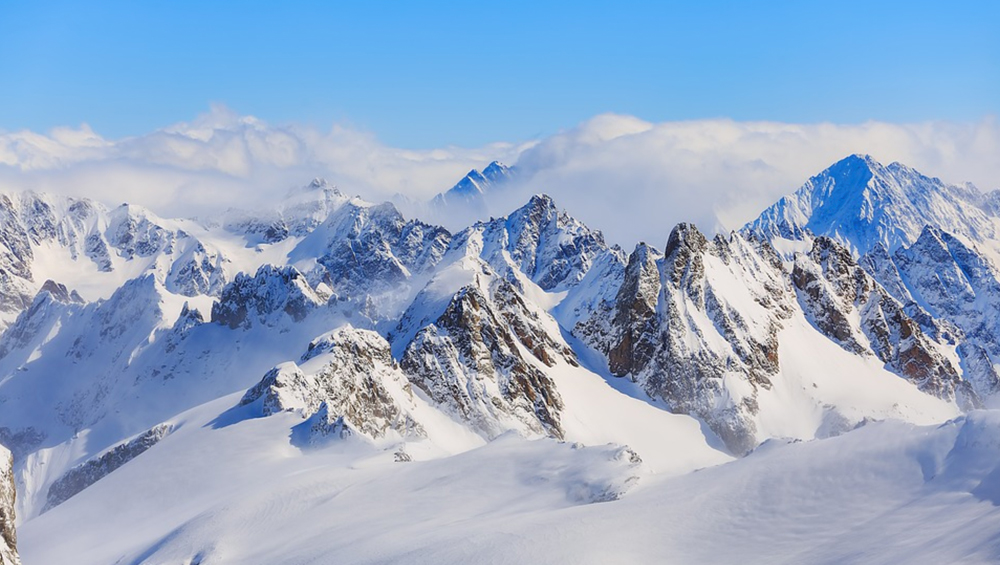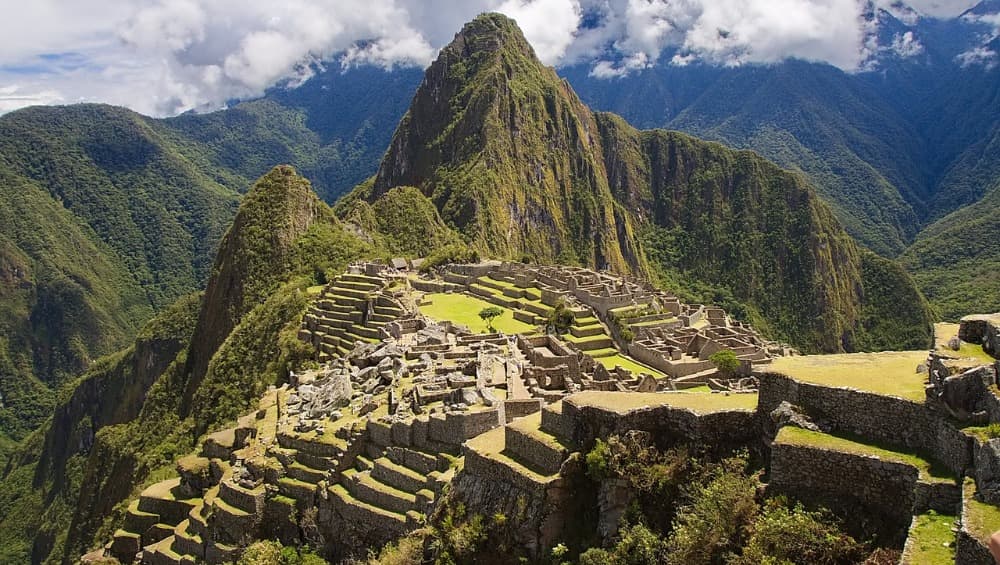The concept of last chance tourism which began in recent years has been increasingly attracting travellers to destinations affected by climate change and other similar issues. The travel trend has been preaching on the need to visit places that may get wiped out in the near future due to changes in nature. While the pros and cons of last chance tourism continue to be debated at lengths, some places which otherwise used to receive an average number of tourists in a year has been witnessing a major spike.
Social media, especially Instagram has been giving the necessary boost to the travel trend. With social media telling people to explore the world and to go in search of new lands, last chance tourism has been benefitting well. The increasing visible effects of global warming is making people travel to lands that they won't be able otherwise in the near future. Last Chance Tourism: Boon and Bane of This Growing Trend Among Travellers That Affects Tourist Spots.
Here is the places which are witnessing a spike in tourists, thanks to Last Chance Tourism
1. Great Barrier Reef
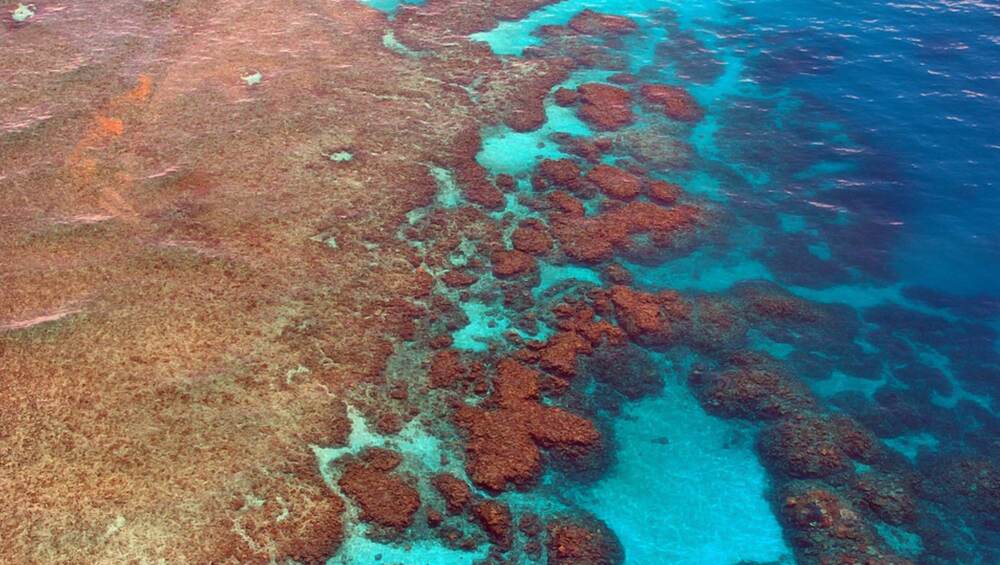
One such place is the Great Barrier Reef which is the world's largest coral reef system. The UNESCO World Heritage Centre is known for its varied species such as the dugong (‘sea cow’) and the large green turtle, which are threatened with extinction. While Australian scientists had been trying to conserve it for many years now, two consecutive mass bleaching events in 2016 and 2017 terribly affected the corals. While researches continue to find a medium, to save the corals from bleaching caused by rising sea temperatures, there is a rise in people visiting the reefs to experience the beauty that may not be there in the years to come. Australia Pledges Half a Billion to Restore Great Barrier Reef.
2. The Dead Sea
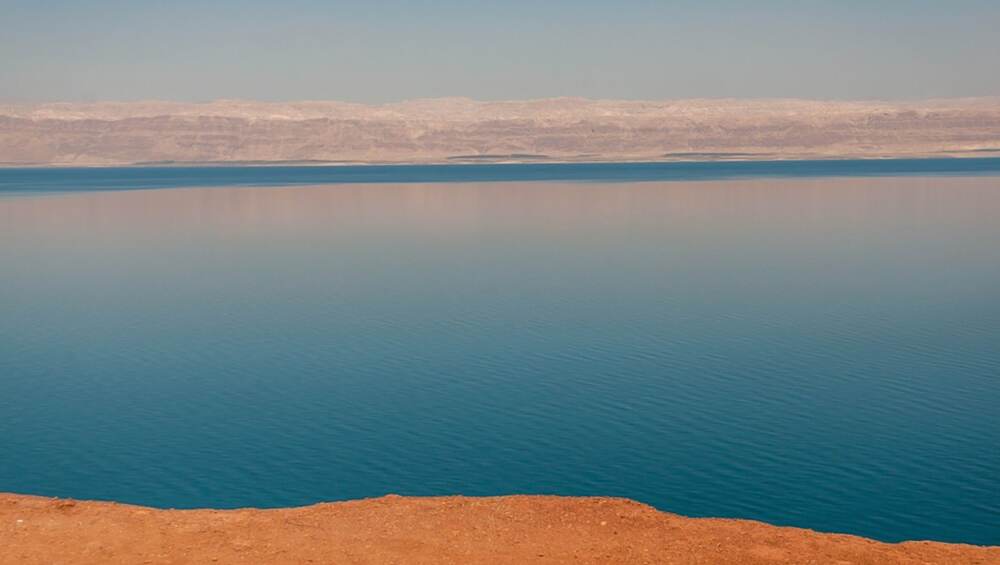
The Dead Sea is dying a little too faster in the last 40 years. The salt water body has shrunk by at least one third due to human activities. According to the data collected last year, the water body is losing water at a rate of upto five feet per year leading to sinkholes making it recede from its shoreline. Considering the present conditions, the lowest point on earth may not let you float in the next 50 years.
3. Venice













 Quickly
Quickly









